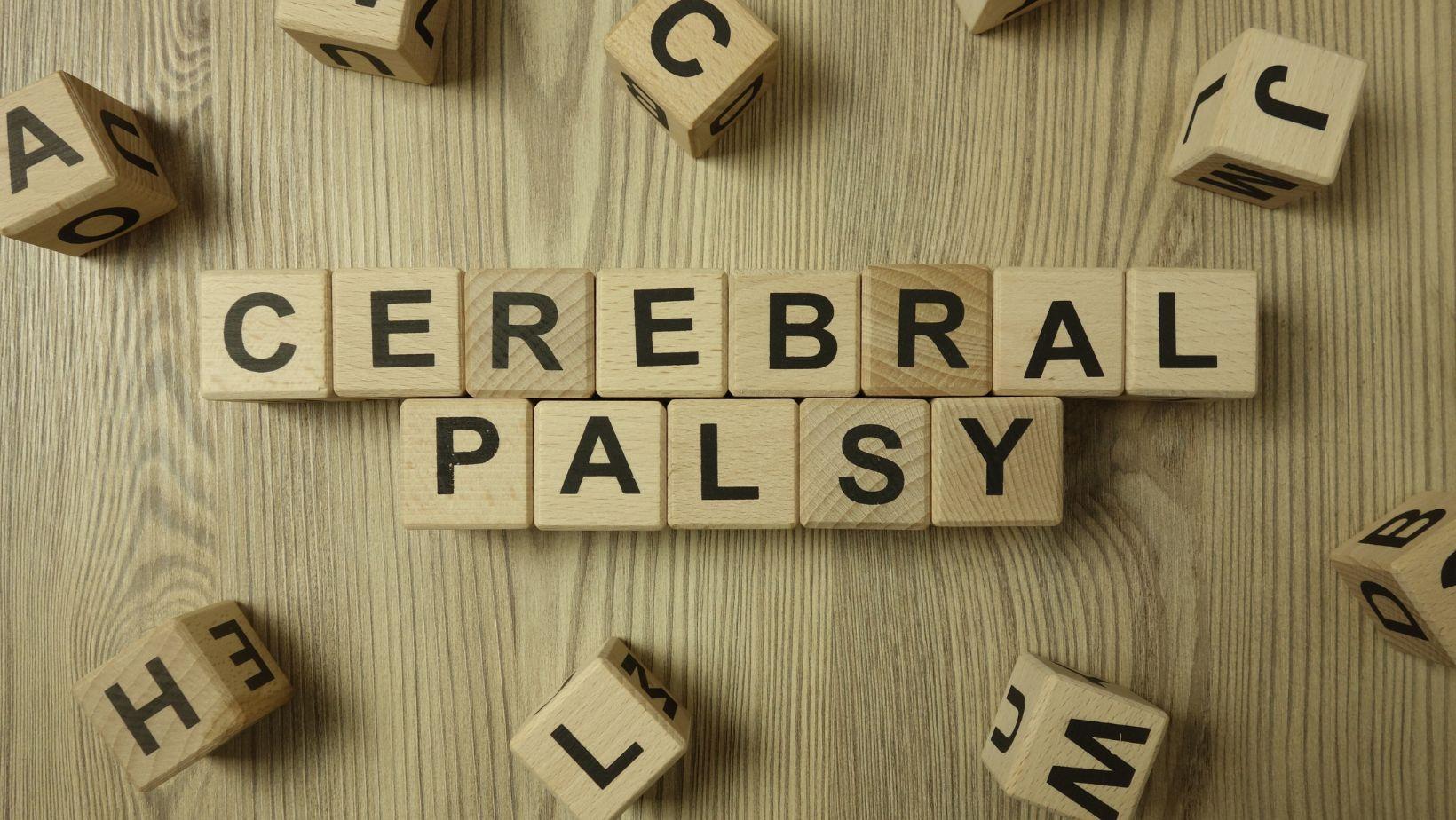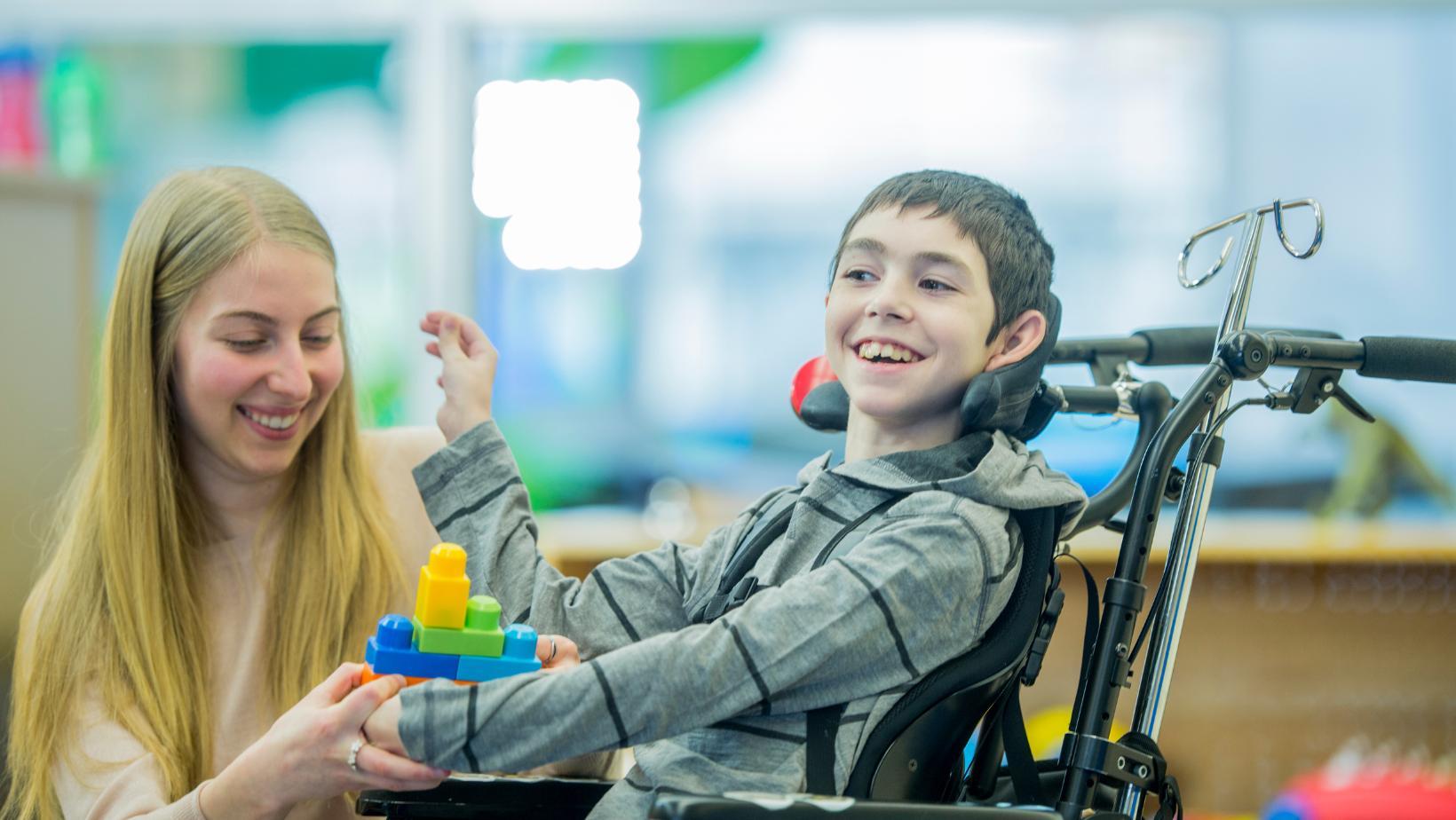CranialTherapyforCerebralPalsy:A GentleApproach
Cerebral palsy (CP) is a disorder that affects muscle control and coordination. It is caused by damage to the developing brain, often before or during birth. People with CP have trouble with movements like walking, sitting, grasping objects, and speaking. The symptoms vary from person to person but generally do not worsen over time.

While there is no cure for cerebral palsy, different therapies can help improve quality of life. One gentle approach that is growing in popularity is cranial therapy. Keep reading to learn what cranial therapy is, how it may help cerebral palsy, and what to expect during treatment.
What is Cranial Therapy?
Cranial therapy is a type of gentle, hands-on treatment that aims to improve health by enhancing the function of the craniosacral system. This system includes the skull, face, mouth, and spinal column along with the brain and spinal cord they protect.
It is based on craniosacral therapy, a form of bodywork and alternative therapy. Practitioners use very light touch to assess the craniosacral system and release any restrictions or imbalances. The goal is to reduce pressure and improve the flow of cerebrospinal fluid.
Some key points about cranial therapy:
A whole-body approach, also addresses the fascia, nervous system, organs, and more
Extremely gentle techniques, often barely palpable
Does not involve forceful manipulation or pushing on the bones
Considered generally safe with few side effects for most people
Performed by licensed physical or occupational therapists with specialized training
Seen as complementary to traditional cerebral palsy treatments
How Cranial Therapy May Help Cerebral Palsy
Though more research is still needed, cranial therapy is thought to help cerebral palsy in a few key ways:

Releases fascial restrictions - The fascia is the connective tissue wrapping muscles and organs. Injuries, inflammation, and trauma can cause the fascia to become restricted. Cranial therapy gently releases fascia, improves mobility between tissues, and enhances circulation.
Improves cerebrospinal fluid flow - Cerebrospinal fluid protects the brain and spinal cord. When flow is impaired, neurological functioning may be impacted. Gentle cranial techniques aim to improve the rhythm and flow of fluid.
Reduces neurological compression - Cranial bones can become compressed, contributing to sensory or motor dysfunction. Practitioners use delicate holds to gently decompress the skull bones and release tension on nerves and tissues.
Activates the parasympathetic nervous system – The gentle touch of cranial therapy can activate the rest-and-relax parasympathetic nervous system. This helps muscles relax, pain perception decrease and mood elevate.
Enhances neuroplasticity - Cranial therapy is thought to support neuroplasticity, enhancing the brain's ability to create new pathways and reorganize itself. This may support developmental progress.
Cranial Techniques Used for Cerebral Palsy
There are a variety of cranial techniques a trained therapist may use to address different issues contributing to cerebral palsy symptoms:
Biodynamic techniques – Fluid, gentle touches tune in to the subtle rhythms and motions of the central nervous system. They encourage balance and optimal functioning.
Balancing membranous tension – The fascia and various membranes throughout the body can be gently mobilized to release tension, enhance fluid flow, and improve central nervous system function.
Falx cerebri decompression – The falx cerebri is a membrane that can compress parts of the brain. Gentle manipulation helps relieve pressure.
Addressing cranial distortions – Light pressure is used to release strain patterns and align cranial bones, decreasing compression.
Releasing dural tube restrictions – Dural tube tension and restrictions along the spine can be released with delicate fascial techniques.
Hyoid releases - The hyoid bone in the neck is gently mobilized to reduce neurological and myofascial compression and enhance cerebrospinal fluid flow.
Balancing vomer and sphenoid bones – Holding and positioning techniques gently mobilize these cranial bones, relieving pressure on neighboring structures.
Dural membrane technique – This gentle traction technique is thought to improve neurological functioning by enhancing flow between the brain and spinal cord.
What to Expect During Cranial Therapy Sessions
Cranial therapy sessions are very gentle and non-invasive. Here is what you can expect:
The therapist will discuss your child’s medical history, symptoms, and goals for treatment. They will explain what to expect during the sessions.
Your child can wear comfortable clothing and be in any position that is accessible to the therapist – lying down, sitting up, etc.
A gentle touch will be used to assess tension, motion, and rhythm in the cranium, spine, sacrum, and other areas. The sensations are usually subtle.
Different cradling, positioning, compression, traction, and release techniques will be used to address specific restrictions and imbalances impacting your child.
The pressure used is extremely light, from barely touching the body to a maximum of about 5 grams – about the weight of a nickel.
The therapist will check for changes in tension and motion during the session, making adjustments as needed.
Sessions typically last 30-60 minutes, with the length and frequency customized to your child's needs. Improvement is often seen within a few sessions.
Your child remains clothed for treatment, except for the feet with some techniques. You are welcome to stay during the session if your child desires.
Is Cranial Therapy Safe for Cerebral Palsy?
Cranial therapy performed by a well-trained practitioner is very safe for most cerebral palsy patients. It is gentle and non-invasive. Side effects are rare but could potentially include:
Mild discomfort as tension releases
Emotional releases if memories surface
Temporary headache, nausea, or fatigue as the system adjusts
Increased short-term symptoms as fascia releases
Cranial therapists are specially trained to treat children and patients with neurological conditions. Practitioners carefully monitor patients for any signs of adverse effects during sessions. They can make adjustments to pressure, positioning, and techniques to maximize comfort and safety.
Of course, talk to your doctor about whether cranial therapy is appropriate for your child's individual case. However, most children with cerebral palsy can benefit from this gentle approach. With an experienced practitioner, it is very low risk.
Finding a Qualified Cranial Therapist
It is important when pursuing cranial therapy for your child to find a skilled, specially trained practitioner. Be sure to ask about:
Completed cranial therapy training program
Professional certification and licensure
Experience treating children with neurological conditions
Typical treatment plan and frequency for cerebral palsy patients
Use of ongoing assessments to target therapy
How they involve parents and other providers in the treatment plan
We recommend considering facilities like R3 STEM CELL which partners with cranial therapy experts to offer integrated treatment plans for cerebral palsy. Their locations in South Africa provide holistic care focused on each child's quality of life.
Cranial Therapy as Part of Cerebral Palsy Treatment
Cranial therapy is often used as a complementary approach alongside other cerebral palsy treatments such as:
Stem cell therapy to help repair damage and improve neuroplasticity
Physical therapy to improve mobility, strength, and coordination
Occupational therapy to practice daily living skills
Speech therapy to work on communication skills
Medications like muscle relaxants or anti-spasticity drugs
Assistive devices like walkers, braces, or communication aids
A cranial therapist can work closely with your child's care team. Gentle cranial techniques help enhance the benefits of other therapies. The combination of treatments helps maximize function and quality of life.
For children struggling with cerebral palsy's effects on motor control, cognition, behavior, and development, cranial therapy is one more tool to hopefully help each child reach their full potential. While more studies on effectiveness are needed, parents report promising improvements in their children with the gentle techniques.
Cranial therapy provides a non-invasive, holistic approach to potentially improve fluid flow, release fascial restrictions, reduce compression, and support the brain and nervous system.
Performing this integrative therapy under the guidance of trained practitioners allows children with cerebral palsy to benefit from this emerging technique.
